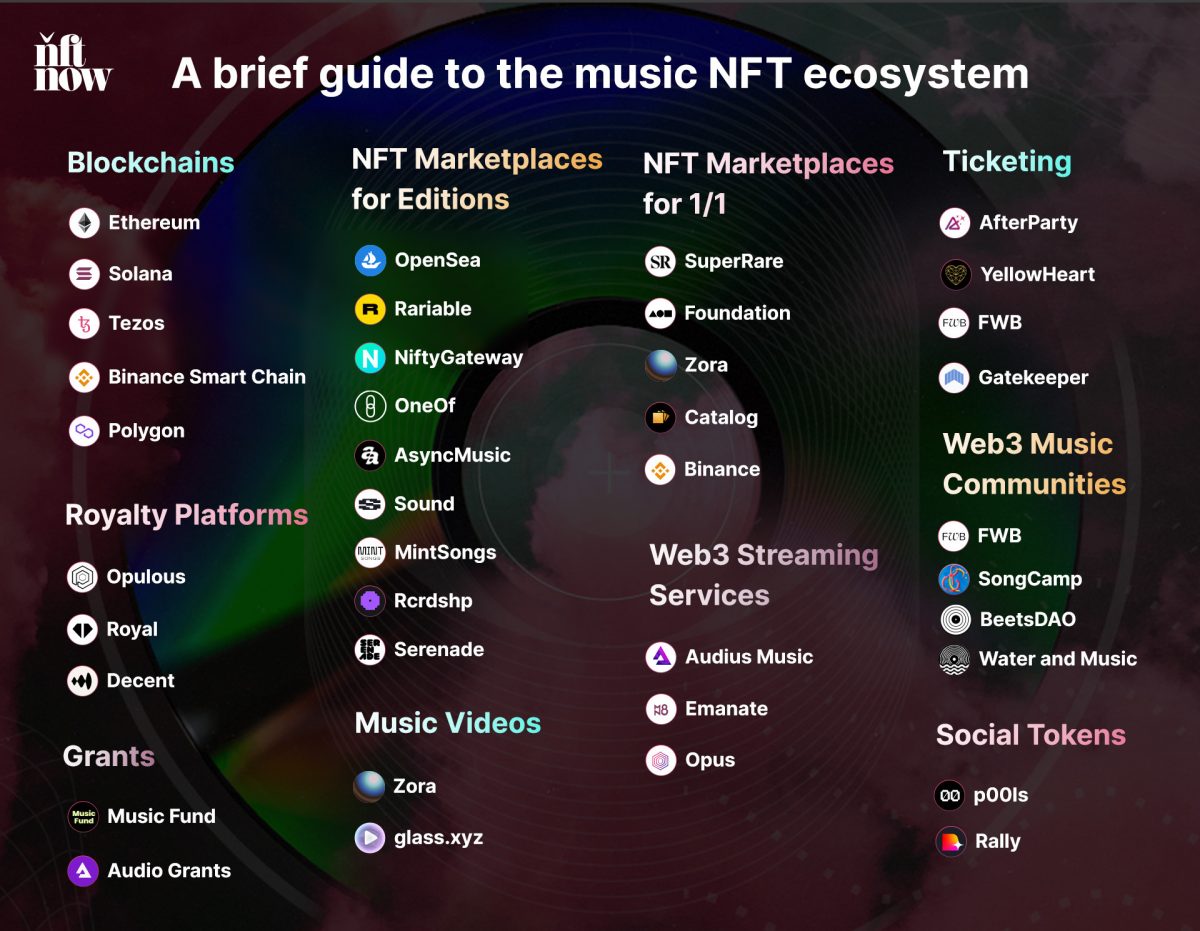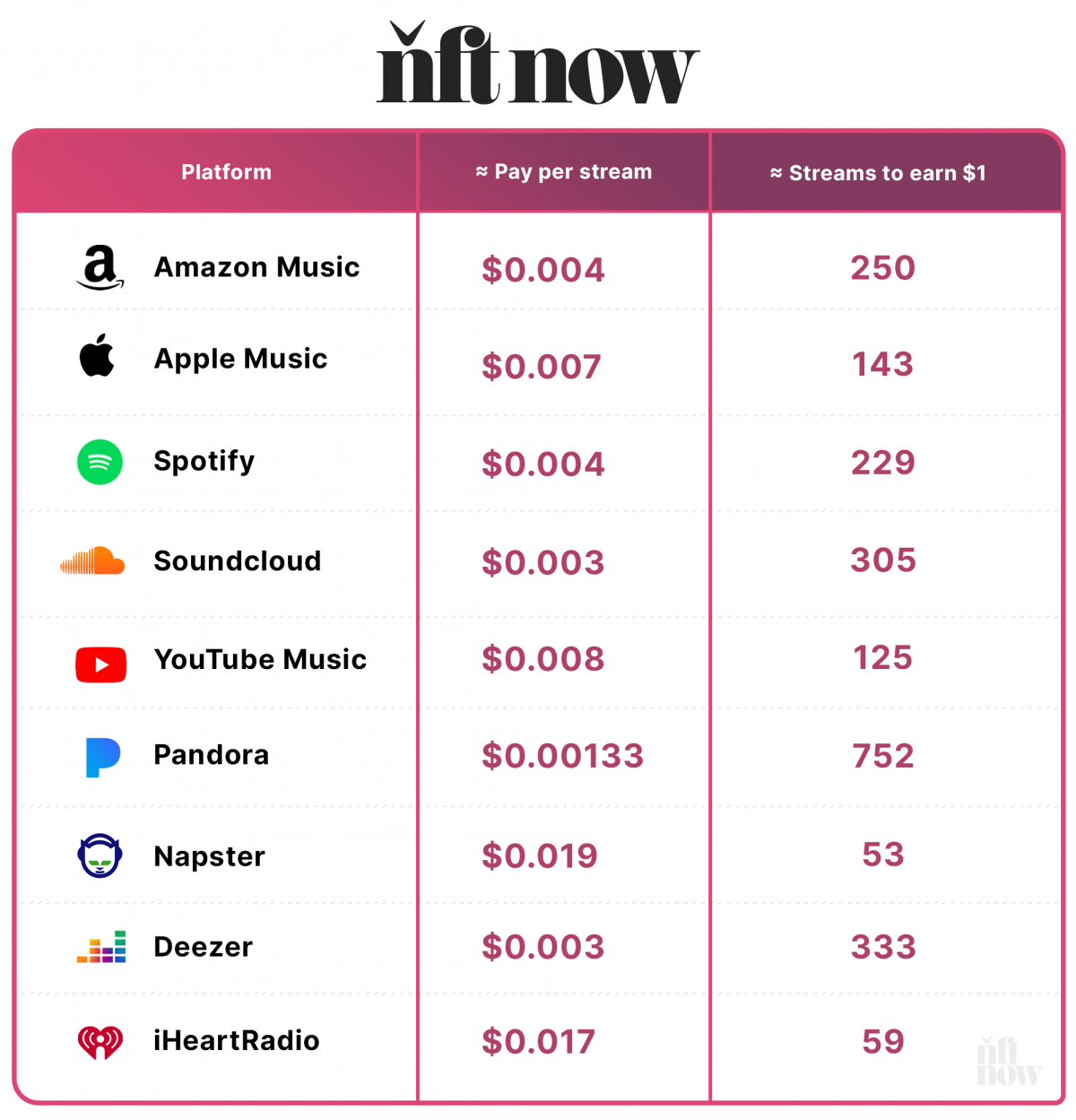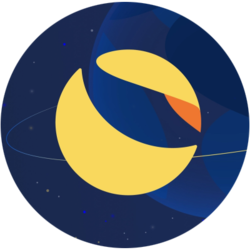Music NFTs have the ability to fully change the trajectory of an artist’s profession. Don’t imagine me? Simply ask Daniel Allan, Latashá, Black Dave, or any of the handfuls of producers, DJs, and musicians who’ve discovered it potential to maintain themselves by immortalizing their musical creations on the blockchain.
With music NFTs, artists are charting new pathways to success that aren’t reliant on report offers, year-round touring, and trade cosigns.
The underside line right here is that this: Artists are getting paid, and followers are getting rewarded.
However earlier than we get into this burgeoning blockchain music ecosystem, let’s clear up a few of the mysteries surrounding music NFTs. To assist introduce even essentially the most novice NFT lovers to Web3 music, we’ve cooked up a information to current a transparent and simple overview of Web3 music, and all issues music NFTs.

First issues first — What’s a music NFT?
Briefly, non-fungible tokens (NFTs) are distinctive cryptographic tokens which might be recorded on the blockchain. They are often linked to digital or bodily belongings to offer the token holder with proof of possession. That asset could possibly be a video, picture, or some other media file you possibly can consider.
A music NFT is just an NFT that’s linked to music. It might probably come as a single music, a complete album, a music video, and even a generative piece of music — in different phrases, a composition created utilizing a pc program that algorithmically introduces random patterns, colours, sounds, or shapes into the piece.
Usually, one music NFT accommodates solely one music — the identical approach you’d anticipate an NFT containing 3D artwork to include a single 3D picture. However that’s not at all times the case. What’s extra, music NFTs may also be linked to issues which might be associated to music, like live performance tickets or album covers.
TL;DR? Music NFTs are immediately linked to digital belongings that fall beneath the “music” class.
Varieties of music NFTs
There are a number of completely different sorts of music NFT drops, and every comes with a unique degree of exclusivity.
1/1 NFT: A 1/1 NFT (or one-of-one) signifies that the NFT has been issued as a single, distinctive merchandise. On this respect, it’s fully unique. Such NFTs are a bit of like real-life work in that just one exists. Attributable to their rarity, 1/1s often carry a a lot larger price ticket than NFT editions.
Open version: An open version is an NFT wherein a vast variety of editions may be minted. Nonetheless, don’t confuse “open” with “limitless.” Many open editions are solely obtainable to mint for set durations. After the time window closes, no new NFTs may be minted.
Restricted version: A restricted version is restricted to a predefined variety of editions. In different phrases, a finite variety of NFTs can be found for minting. Many such collections include 10,000 editions.
It’s necessary to notice that there are advantages and disadvantages to every type of launch. A 1/1 will increase the shortage of the NFT. As famous, this will enhance its worth. Editions have much less shortage, however they’re typically higher for neighborhood constructing and rising fan loyalty. For instance, if you’d like NFT holders to have entry to unique choices sooner or later, like ticket presales or subsequent drops, an version will be the higher possibility.
So, what kind of NFT drop is hottest? Truthfully, it actually simply relies on the artist. Some musicians have chosen to mint each track on an album as a 1/1 and public sale them individually. Others have minted tracks as restricted or open editions.
Music NFTs versus streaming
Though the rise of streaming platforms has created a type of golden age for followers by giving them easy accessibility to nearly any music, it hasn’t been so type to artists. The music trade’s present enterprise fashions appear to reward large labels and platforms — usually on the expense of the indie creators who’re the trade’s lifeblood.
The truth is, artists sometimes solely make $0.003 to $0.005 per stream. What does this imply relating to whole earnings? Let’s flip to Spotify for the reply. It’s a $43 billion firm, however solely roughly 7,500 artists on the platform earn $100,000 or extra per yr. These figures thought-about, it appears that evidently streaming advantages the patron and the supplier far more than it does the artist.

NFTs created a brand new financial mannequin, opening new avenues that can be utilized to revenue off of mental property with no need to depend on any third-party intermediaries. Moreover, due to mechanisms constructed into the blockchain, NFTs permit creators to earn royalties from secondary gross sales. These options assist creators take possession of their work and assist mitigate issues related to musicians incomes excessively low charges from centralized streaming companies.
The advantages of music NFTs for artists
Merely put, many individuals purchase music NFTs as a result of it’s a approach of higher empowering and financially supporting the creators they love. As an alternative of counting on a label or streaming service to get a music circulating — each of which take a reduce — artists can mint their very own music to a blockchain and promote their NFT independently.
On this respect, music NFTs not solely current an enormous alternative to carry energy again to the creators of the music we love. Additionally they create complete ecosystems round these artists by means of Web3 neighborhood constructing. By NFTs, we are able to formulate a extra equitable mannequin for prosperity, and an enormous a part of this will likely be by means of neighborhood possession. By decentralized platforms and organizations akin to Friends With Benefits, SongCamp, Zora, and the like, artists are breaking into the Web3 music area and bootstrapping their distinctive fanbases by means of NFTs.
Let’s do a small case examine utilizing Daniel Allan to display precisely how this works.
Allan says that he began making music when he was simply 14. In his early 20s, he headed to California to pursue a profession in music. Sadly, he wasn’t capable of make it work. He was pressured again into his dad and mom’ basement in Louisville, Kentucky. Labels simply weren’t curious about him — they instructed him he wanted a bigger social following, viral movies on TikTok, and extra.
However Allan simply needed to deal with his music, so he determined to go it alone. He first started turning heads with the completion of a virtually 50 ETH ($140,000) crowdfund for his EP, “Overstimulated.”
Right now, he has carved out a novel area of interest for himself throughout the NFT ecosystem by promoting a laundry record of spectacular releases by way of curated music NFT platforms like Catalog and Sound. What’s extra, his endeavors have received him monetary safety, newfound neighborhood, a TIME Magazine feature, and impressed others to turn into concerned within the music aspect of NFTs.
How one can purchase music NFTs and assist new expertise
Lastly satisfied Music NFTs are the fitting method to go? Right here’s how one can purchase them.
Step one when buying any NFT is to get a crypto pockets. For those who’ve turn into or concerned in NFTs in any respect, you’re certain to have already accomplished this step. If not, think about trying out our information on learn how to arrange a Metamask.
When you’ve arrange a crypto pockets, you’ll have to fund it with…properly…crypto. Buying crypto from an change couldn’t be simpler. Whatever the change you select, you’re more likely to encounter a good quantity of handholding to information you thru. After you’ve bought and transferred your crypto into the pockets you propose to purchase NFTs with, the following step is to determine on a market to begin your Music NFT amassing journey (extra on marketplaces later). Creating an account on a music NFT market is akin to creating a brand new login for any e-commerce web site.
Lastly, then comes the time to both mint or buy and NFT. When you’ve discovered a music NFT that you just’d prefer to buy, you’ll as a rule have the chance to purchase it outright. More often than not, you’ll be interacting with a sensible contract to pay a set quantity to mint (create) an NFT that will likely be despatched on to your pockets. In different circumstances, you buy an already minted NFT that’s a part of a group. These two are roughly the identical.
And in some circumstances, you’ll have to bid on the NFT of your selection and wait till the public sale closes. If this course of reminds you of eBay auctions, you’re in your approach. The key distinction is that as a substitute of fulfilling fee afterward, your crypto pockets is charged robotically, and the NFT is distributed on to you.
For a extra complete take a look at the nuances of amassing and storing NFTs, give our NFT 101 information a look-through.
The advantages of music NFT for followers
Most of the time, music NFTs grant collectors possession of a proportion of a music — or of royalties accrued from that music by way of streaming, report gross sales, and so forth. Such is the case with NFTs from the curated platform Royal. With Royal NFTs, holders obtain a proportion of royalties from streaming companies.
By one of these shared possession, NFTs may be valued in parallel with the success of an artist, or that artist’s music, and incentivize followers to participate in funding budding artists out of their very own volition or with the hopes that sometime that worth will likely be returned within the type of a royalty kickback.
If we seek the advice of the “1,000 True Followers Principle” proposed by Wired magazine founder Kevin Kelly in 2008, it’s clear to see that what we now view as decentralized collector communities — like what each Allan and Royal have mustered — had been conceptualized earlier than streaming went international. Briefly, the idea states that artists missing fame and standing can nonetheless thrive with 1,000 true followers. With this neighborhood, an artist can preserve a fruitful profession, which implies incentivizing followers by means of shared possession of NFTs could possibly be an important threshold for a lot of budding artists.
i’ve personally made 12.5 ETH (~39k)
which is equal to 9.75 million performs on spotifyso sure, 100 folks generated extra revenue than 9.75 million customers.
simply gonna let that sink in.
— rac.eth ⌐◨-◨ (@RAC) March 25, 2022
So, the place do these artist/fan relationships begin? Properly, with decentralized platforms and organizations like Friends With Benefits, SongCamp, and Zora. However even past these hubs of Web3 music, the bottom flooring of any NFT sector is, after all, the place NFTs are purchased and bought: NFT marketplaces. Let’s check out a number of.
Music NFT marketplaces
Catalog is a mixture between a streaming service and an NFT market. On Catalog, artists can add a report to Catalog’s open music library, which followers can then buy both with a “purchase it now” worth, by taking part in an public sale, or by making a suggestion. The platform is completely a 1/1 market, which means shortage is excessive. It is a great spot to gather a novel, one-of-a-kind music NFT out of your favourite artists.
Sound.xyz combines streaming with minting. On Sound, artists can launch a listening get together for brand new music releases with a collection of open or restricted version NFTs. This platform additionally isn’t restricted to single tracks, however full tasks, and has even hosted mixes like that of Soulection+, which featured 18 completely different artists.
Async Music is the music-focused arm of the prominent NFT platform Async Art. On Async Music, every observe (guitar, piano, vocals, percussion) is uploaded individually and in a number of completely different variations. This enables artists to mint music in a dynamic approach that lets followers accumulate particular layers piece by piece as a way to type one grasp observe.
Mint Songs is among the solely devoted music NFT platforms that isn’t closed or invite-only, which signifies that a greater diversity of artists are promoting on the platform. With a core mission to assist artists construct a sustainable and livable revenue from creating music, Mint Songs is a good place to seek out revolutionary artists to assist. The platform additionally runs on Polygon, which makes it accessible with the absence of excessive transaction charges.
Royal, beforehand talked about, is a famous person producer/DJ 3LAU’s music NFT market that provides NFT homeowners the rights to songs bought on the platform. Because of this those that accumulate a Royal NFT will be capable of obtain a portion of royalties generated by that music throughout conventional streaming platforms (Spotify, Apple, and so forth.). Customers should purchase NFTs utilizing crypto or a bank card, which is a novel characteristic by any requirements.
OneOf is hosted on the Tezos blockchain. The platform is at the moment extremely curated and doesn’t permit for unbiased minting, however due to this, it acts as a base for a lot of high-profile NFT drops (like Doja Cat, The Recreation, Alesso, and others). Talking of Tezos, Objkt and Kalamint have turn into the de facto marketplaces to commerce NFTs on the Tezos blockchain and are nice locations to seek out music NFTs.
The way forward for music NFTs
Though we’re nonetheless removed from 1,000 true followers changing into a sustainable norm for unbiased musicians throughout the board, it’s turn into clear that Web3 music tech, particularly music NFTs, has the potential to revolutionize the artistic economic system for music and alter the present trade mannequin.
From landmark gross sales and groundbreaking occasions to complete ecosystems forming round Web3 music, this erstwhile-niche sector has turn into a major side of the NFT market.
As extra established artists make their approach into NFTs, we’ll undoubtedly see progress on an exponential scale throughout the music NFT ecosystem. But, in contrast to the legacy music trade that fills small artists with disdain, there actually appears to be grounds for everybody, from novices to veterans, to prosper in Web3 music.







